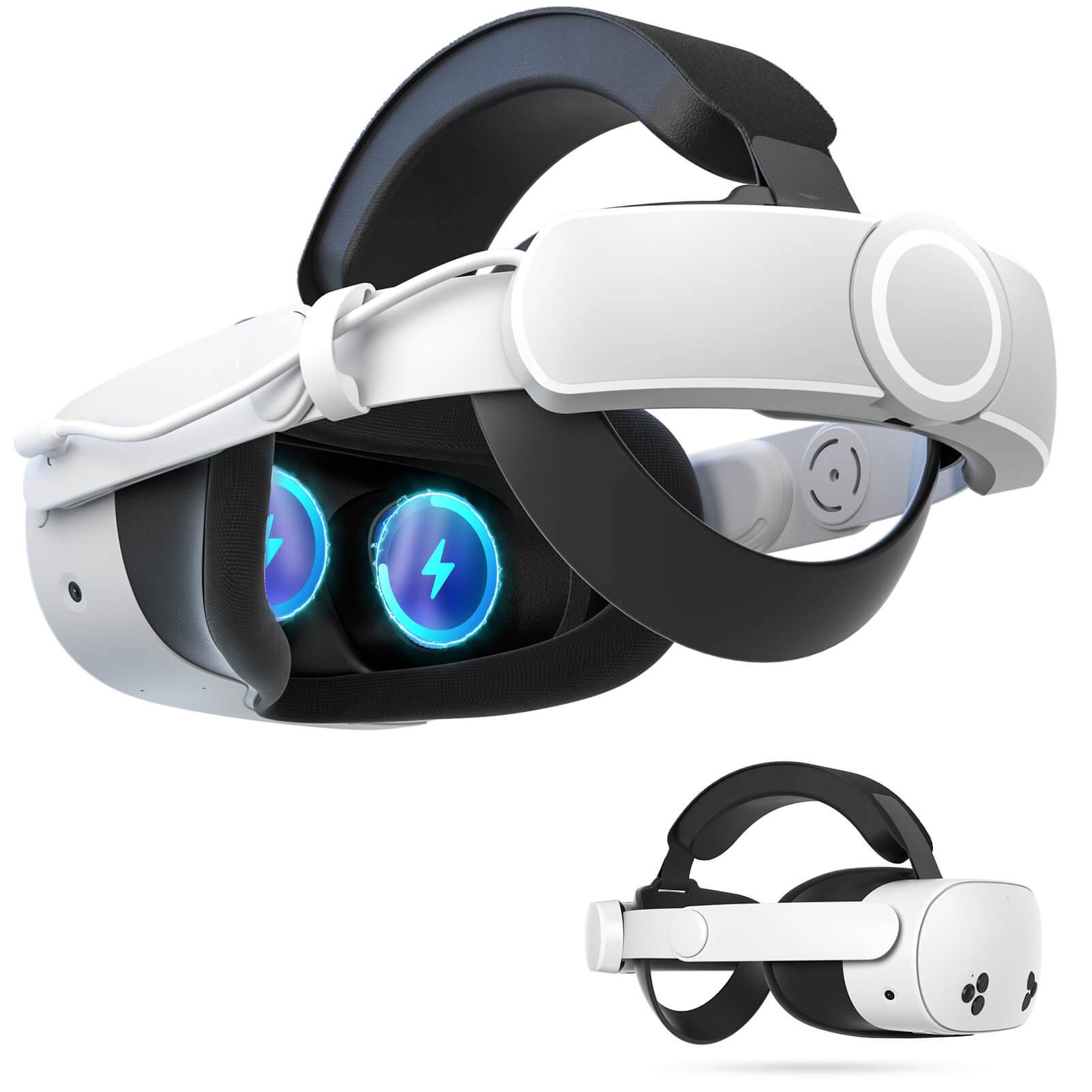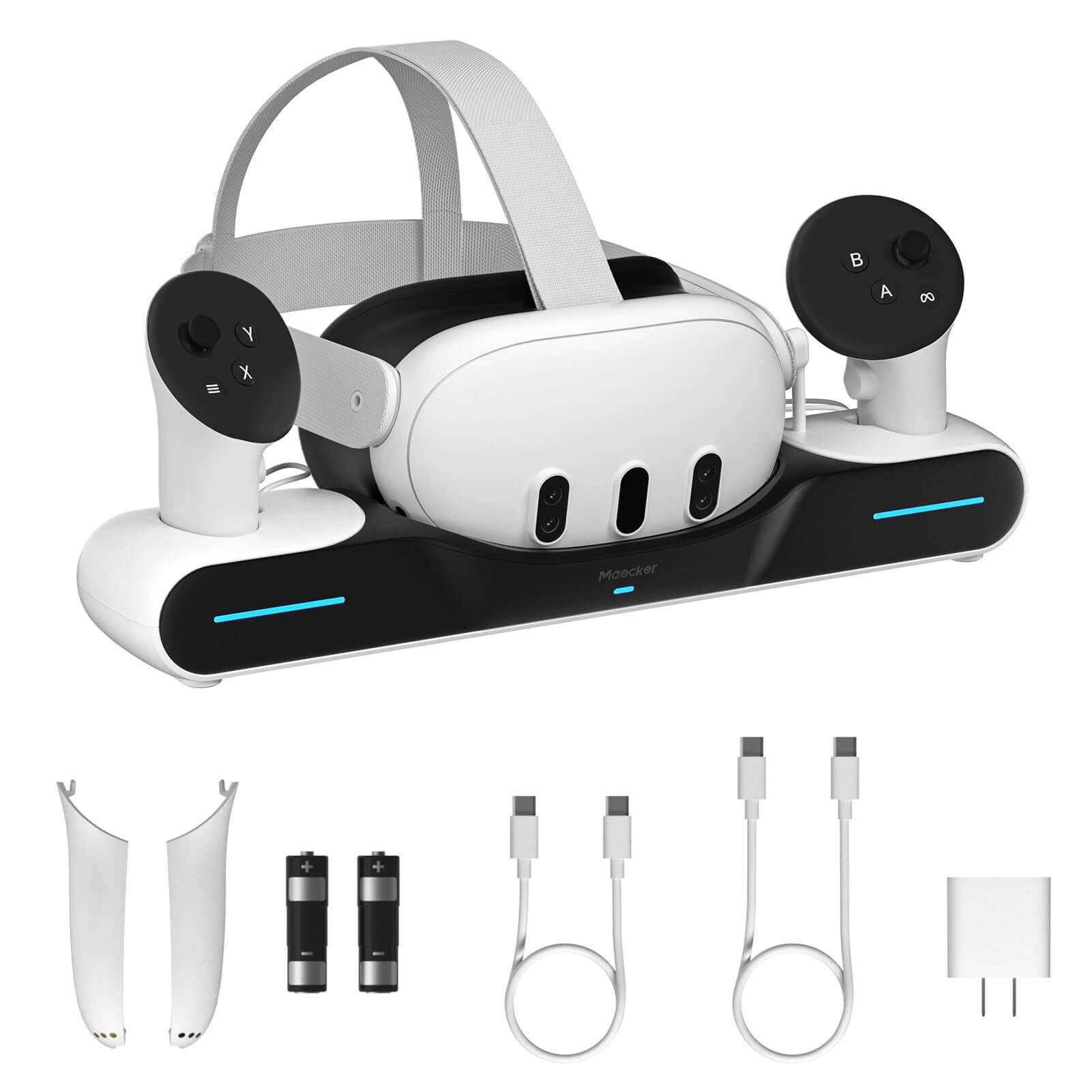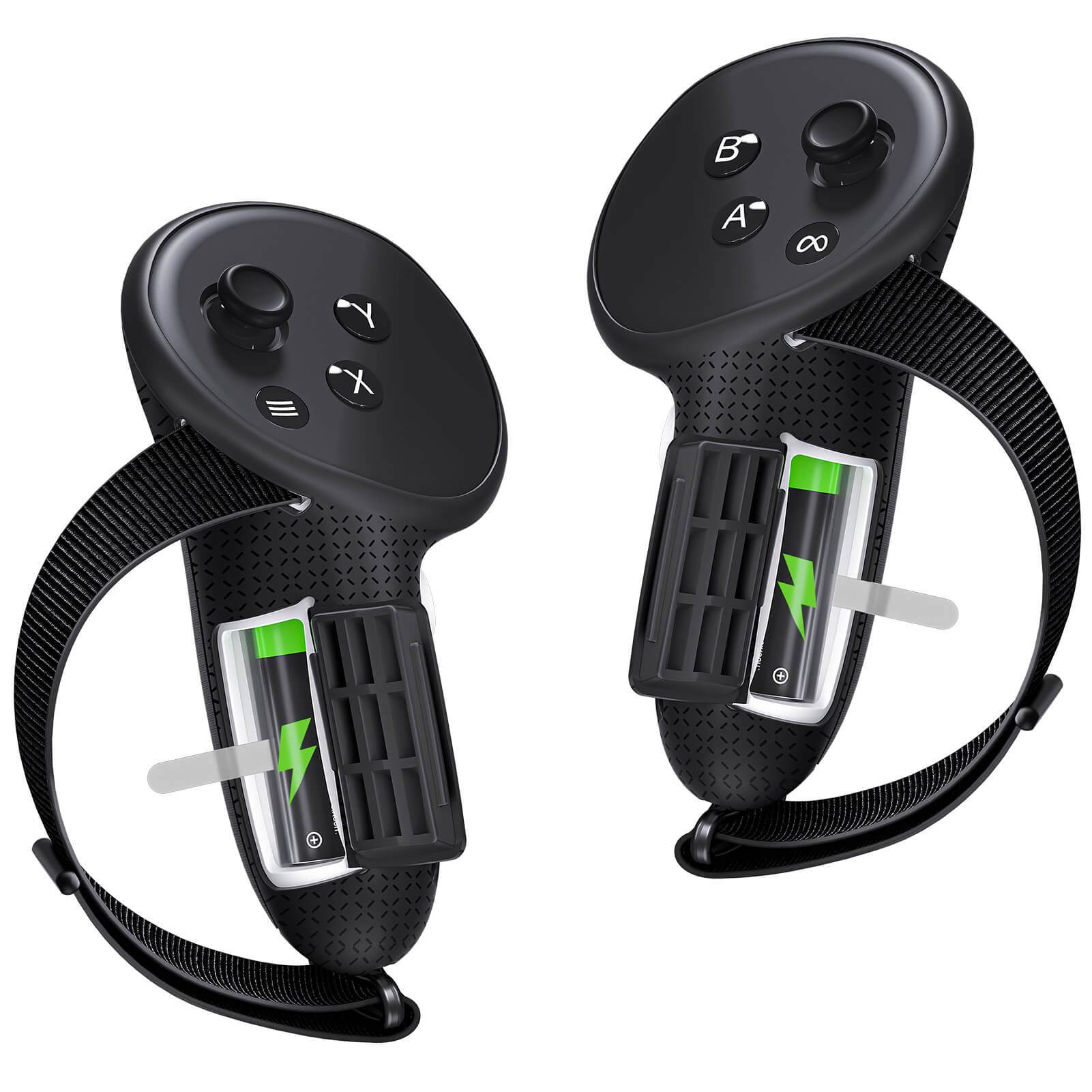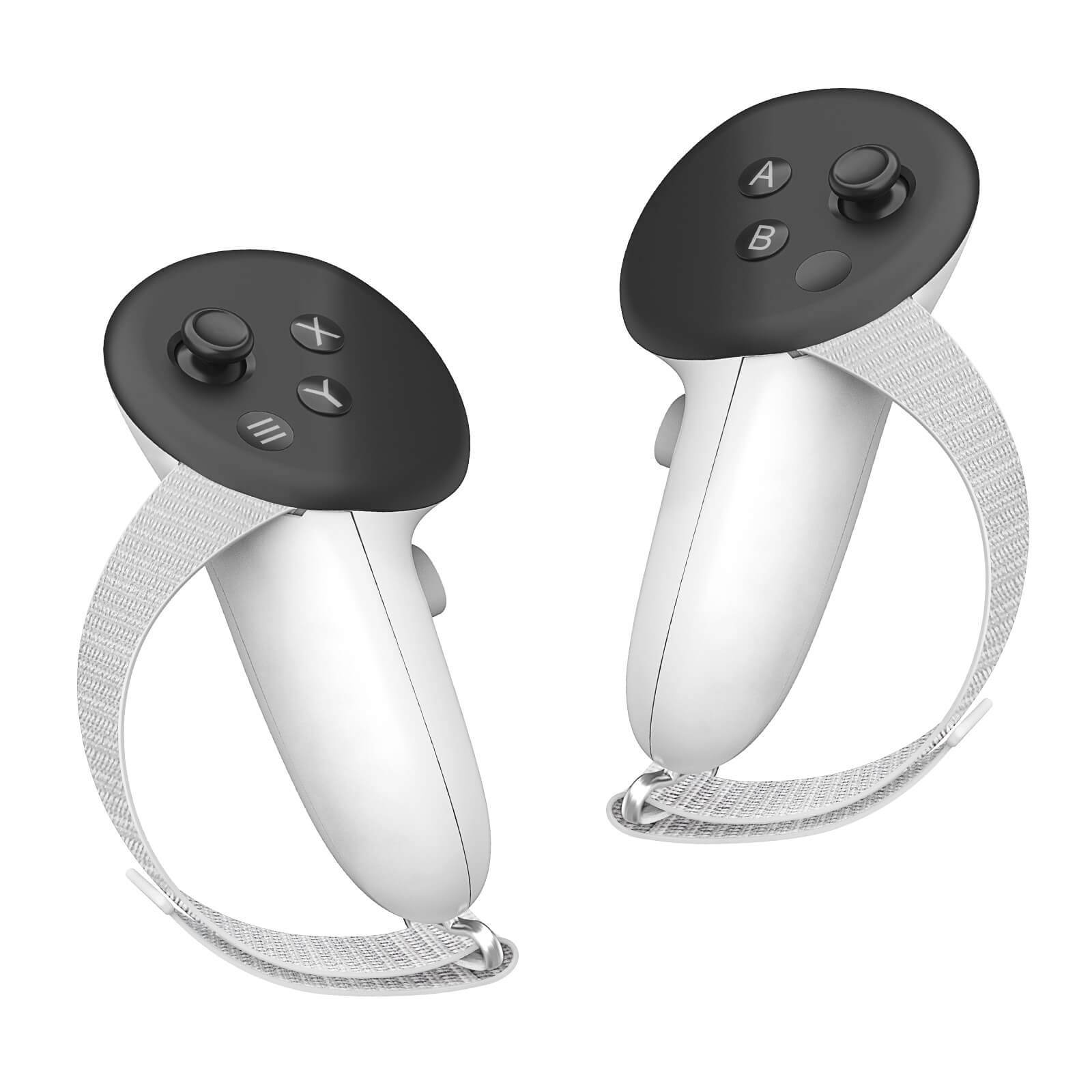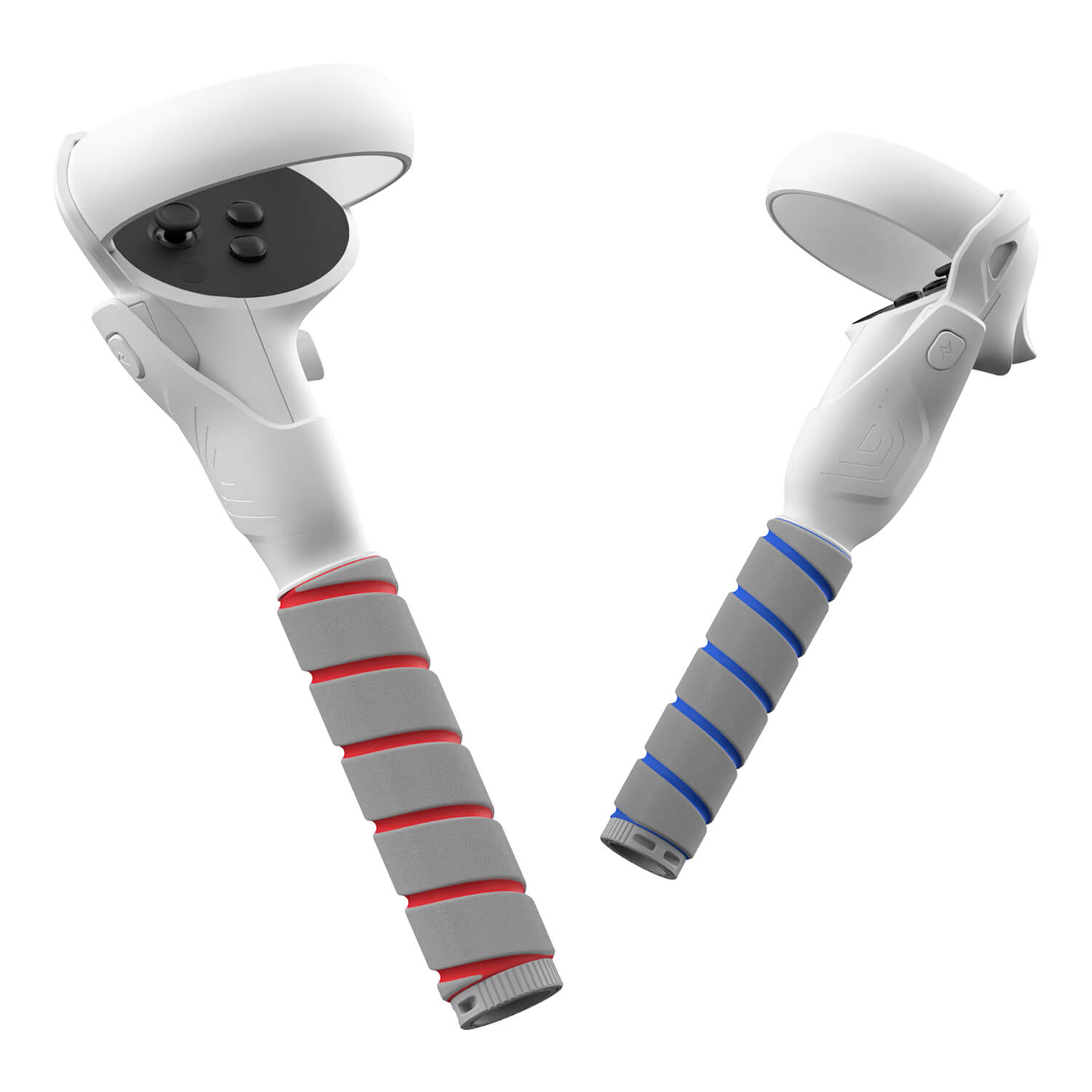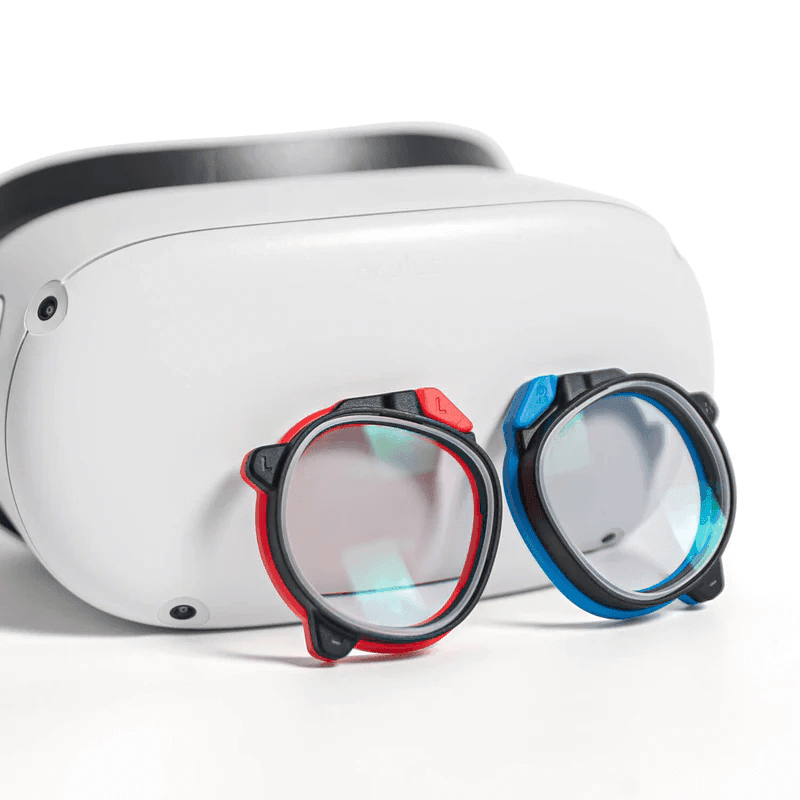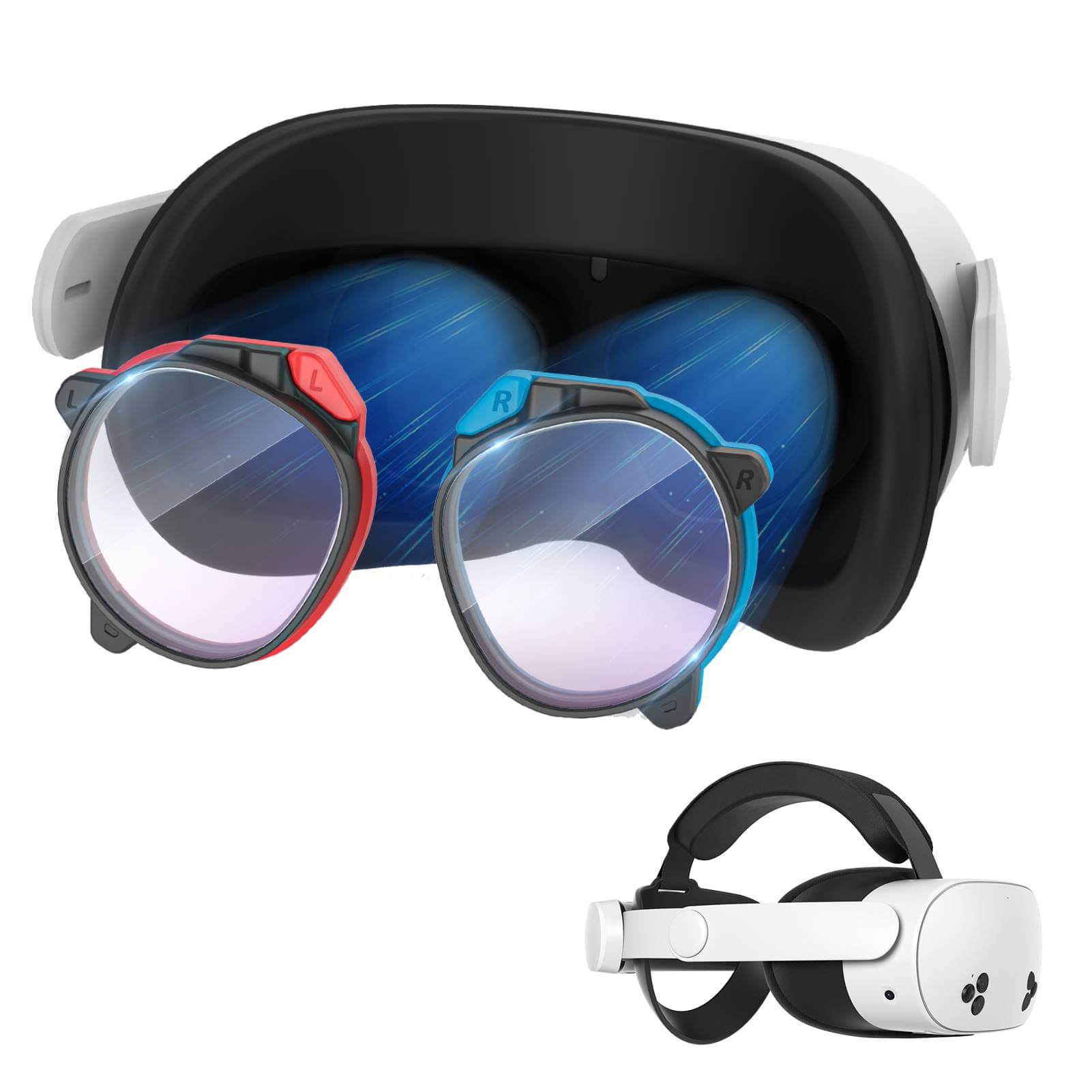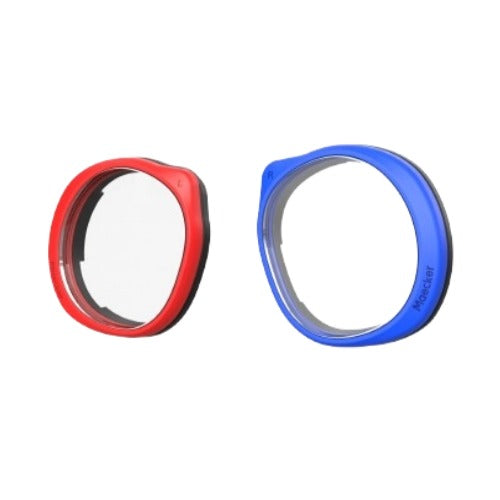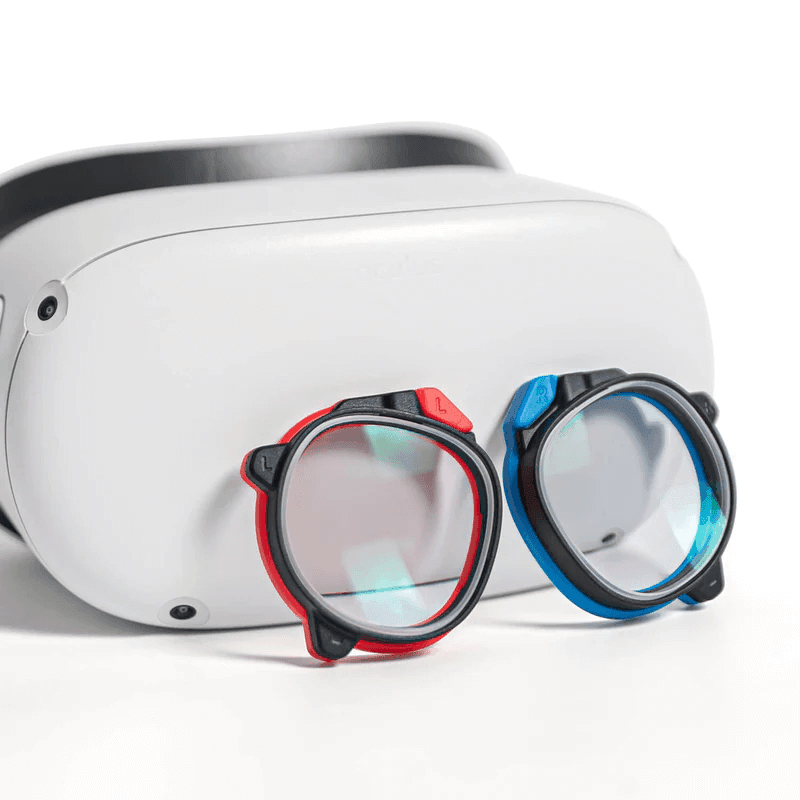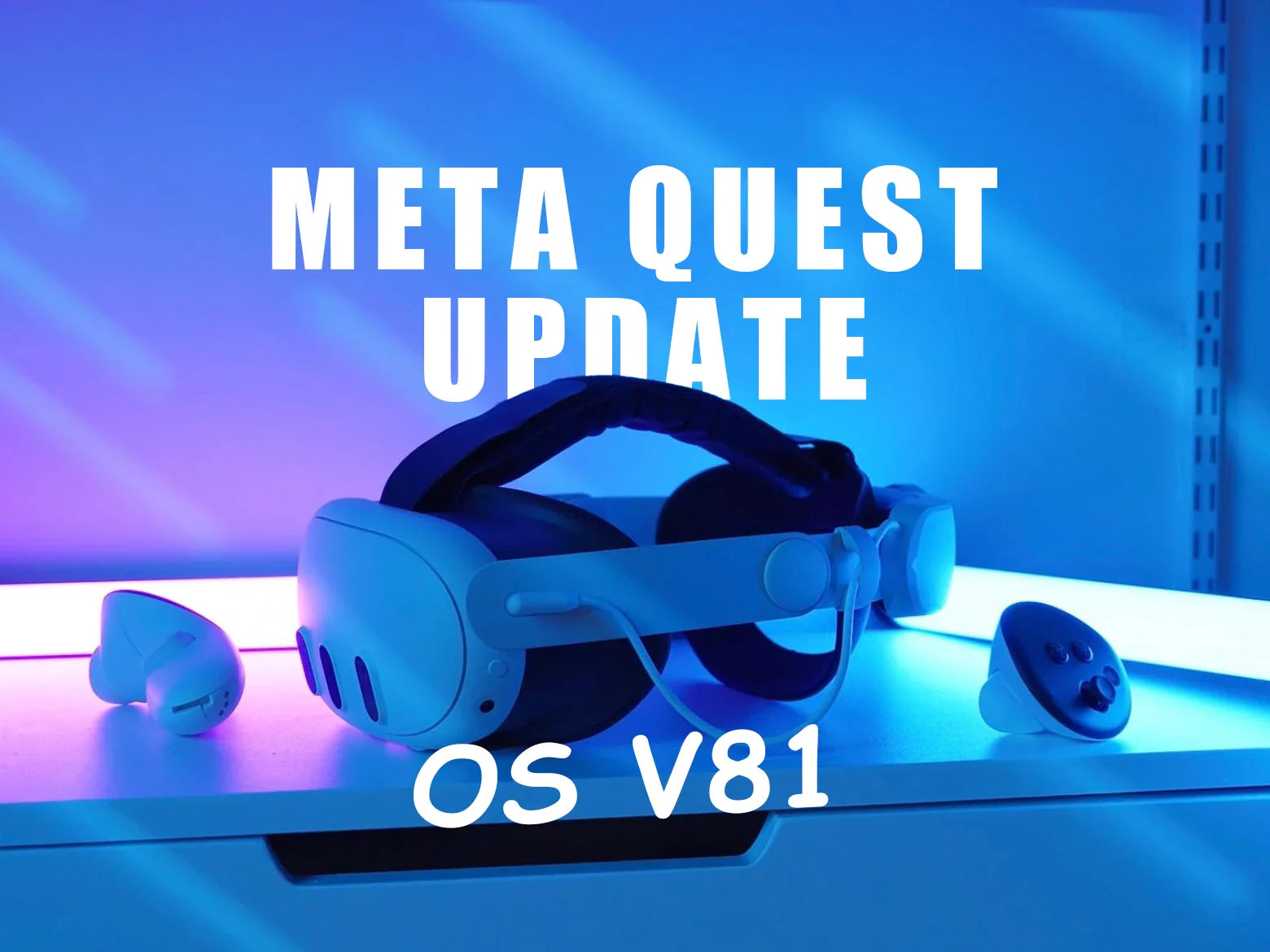Standing before a massive blank wall, muralists once depended on grid drawings, projectors, and a good dose of guesswork to scale their ideas from sketchbooks to concrete. Today, with mixed reality (MR) on the Meta Quest, artists are reshaping how they plan, preview, and paint — merging digital guidance with physical artistry.
From Sketch to Wall: A New Creative Workflow
Creating a large-scale mural requires precision. Translating a small sketch into a wall-sized masterpiece often means countless measurements and outlines. But now, MR apps on Meta Quest let artists project digital designs directly into their physical workspace.
Through passthrough mode, they can preview how their composition fits on the actual wall, adjust its scale or position, and even test color schemes in real lighting conditions. It’s like having a holographic assistant — one that never runs out of patience or tape.
Contour: Mapping Murals in Real Space
One of the most practical tools for muralists is Contour — available on the Meta Store for $9.9 with a 3.0/5 rating.

Contour helps artists plan and position their artwork precisely on real-world surfaces. Using the headset’s spatial mapping and passthrough features, creators can upload their mural design, align it perfectly with the physical wall, and trace it directly with paint or chalk.
Instead of relying on paper sketches or expensive projectors, muralists can now walk around their virtual outline, ensuring perspective accuracy and correct proportions before making a single stroke.
It’s especially helpful for large or complex murals where alignment across multiple panels or corners matters. Artists can visualize exactly how their composition will wrap around a structure or integrate with its surroundings — a true revolution in pre-painting workflow.
A vivid example comes from @coreypaige_designs, a muralist known for vibrant, large-scale pieces. In her viral TikTok video, she demonstrates how MR tools help her test layouts, scale proportions, and preview how her designs interact with real architecture — showing how digital planning can enhance real-world creativity.
StencilVR: Turning Concepts into Tracable Art
Another standout tool is Stencil VR — also priced at $9.9, rated 3.9/5 on the Meta Store.

Stencil VR lets artists upload images or drawings, anchor them to real surfaces in passthrough mode, and then physically trace over them. You can resize, rotate, or reposition your stencil freely until it fits the wall exactly the way you envision it.
What makes Stencil VR especially appealing is its simplicity — it turns any wall into a guided canvas. Whether you’re painting a small logo or a large mural section, it acts as a digital reference you can follow while painting in the real world.
Muralist and multidisciplinary artist @10hun has showcased this approach beautifully. In his TikTok video, he previews his mural design using VR, refining proportions and alignment before transferring the concept to the physical wall. His workflow demonstrates how virtual preparation can streamline even the most ambitious street art projects.
Why Mixed Reality Is Changing the Mural Game
For muralists, MR tools offer a new level of creative freedom — not by replacing traditional painting, but by removing technical barriers.
- Perfect alignment: Scale and position your artwork precisely in real space.
- Lighting realism: See how colors will look under actual lighting before painting.
- Efficient workflow: Skip projectors and manual grids; trace directly using virtual overlays.
- Creative experimentation: Instantly test alternate compositions or color schemes.
By combining digital precision with hands-on craftsmanship, MR tools like Contour and Stencil VR make large-scale painting more efficient and expressive than ever before.
Beyond the Wall: Collaboration and Immersion
Mixed reality also changes how artists share their vision. Muralists can export MR previews to show clients or communities exactly how a finished piece will look on location — reducing misunderstandings and aligning expectations.
Some artists now stream their MR sessions live, letting viewers watch the digital-to-physical process unfold in real time. Imagine walking through a mural festival where you could preview each design in MR before it’s painted — that’s the creative horizon Meta Quest is opening.
The Art of the Future, Rooted in Reality
Murals have always been about connection — transforming public spaces into stories that reflect culture and identity. MR doesn’t replace that purpose; it amplifies it.
By integrating Meta Quest tools into their workflow, artists are creating smarter, more dynamic processes while preserving the tactile joy of painting. The wall remains real, the paint is tangible — but now, every brushstroke begins with a clearer, more immersive vision.
So the next time you see a mural that seems flawlessly balanced with its surroundings, there might be more behind it than a steady hand — perhaps a Meta Quest headset quietly helping bring imagination to life.




